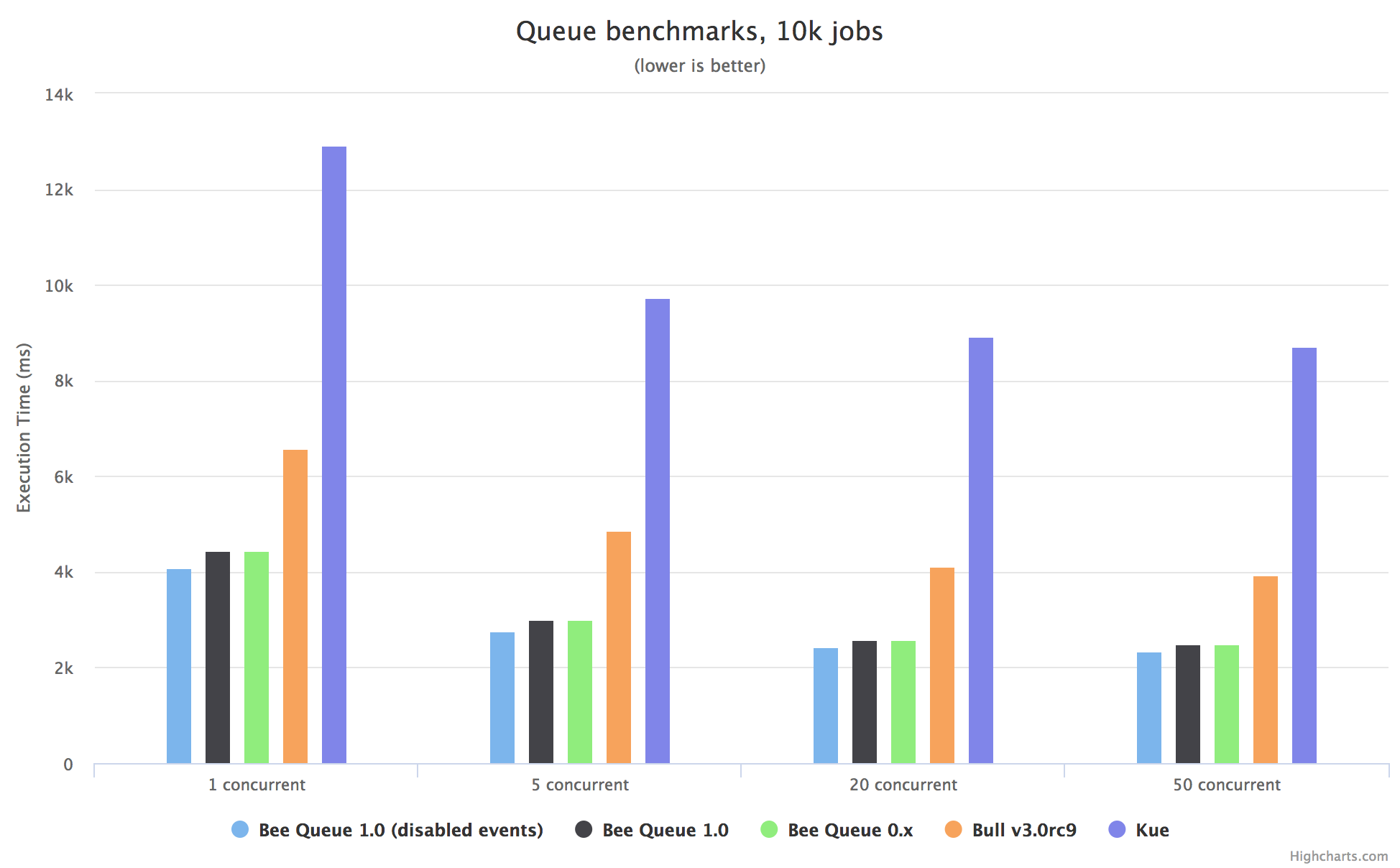Node Js Php Serialize Class

Saving XML filen in Node.js [duplicate] Ask Question. Up vote 2 down vote favorite. It allows to serialize a DOM document/node into an string. Browse other questions tagged javascript php xml node.js or ask your own question. 3 years, 9 months ago. Browse other questions tagged node.js serialization or ask your own question. 1 year, 9 months ago. What is the difference between Serialization and Marshaling? Preferred method to store PHP arrays (json_encode vs serialize) 1444. Gson to pojo serialization of inner class. Hot Network Questions Missing numbers in.
This is another post in the series about and libraries we have open-sourced. Canon Eos Digital Solutions Disk Iso Software Systems. In the first week I talked about, in the second week Gary talked about the and in the third week I talked about. This week I’ll talk about, a Node.js library for serializing, deserializing and validating objects in RESTful APIs.
An important building block of RESTful APIs is a system for serializing/deserializing responses and validating incoming data. Kindleberger Manias Panics And Crashes Pdf Printer. Many other frameworks already have a library available (e.g. For Python / Django), but when we started to work with Node.js there was no such library so we decided to build our own library called. Node-swiz is very powerful and flexible and can be used as a building block for very simple or complex RESTful APIs.
The library itself introduces four main concepts which are described below with examples. Swiz definitions A Swiz definition describes how an object is serialized, deserialized and validated. Here is an example object definition for a Server object: Swiz struct module exposes two factory methods – Obj for an object and Field for a field.
Each object takes the following arguments: 1. Name – in our example is Server 2. Merge Pdf Php Script more.
An object with the following properties: a. Fields – an array of Field objects (more details below) b. Singular – singular name for this object (defaults to the object name if not provided) used when serializing lists in XML documents c. Plural – plural name for this object used when serializing lists in XML documents Each field has a name (first argument which is passed to the factory method) and takes an object with many options as a second argument: • src – name of the key on the object which is used as a source for the actual value. If not provided it defaults to the field name. This can also be name of a method on the object which is called when serializing it.
This method gets passed in a callback and must pass a value as a second argument to this callback. You can find an example of how to do that in the Serialization section below. • desc – field description. • attribute – if true value will be included as an attribute instead of a tag when serializing to XML. • coerceTo – type to coerce the value to when deserializing a payload. This is only applicable when deserializing XML.
• singular – name of a container tag when serializing a list to XML. • plural – name of an item tag which is wrapped inside a container tag when serializing a list to XML. • enumerated – a list of enumerations for this value. • filterFrom – a list of targets from which this field should be excluded when serializing an object.
User can pass in a target to the Swiz constructor in the options object. Below is an example which shows how to accomplish that in the Serialization section. Serialization Serializing an object is easy and can be done in 2 steps: 1.
Instantiate a Swiz object with a list of your definitions 2. Call a serialize method on the instantiated object and pass in requested format (JSON or XML) and your object Here is an example which shows how to do that: JSON output: JSON output (serializing for target called public): In this case public_ips attribute is not included in the serialized object, because the definition contains filterFrom option and we are serializing for target called public. XML output: As you can see, our Server class has getSerializerType method. This is a special method which must be present if you want to serialize an object and tells Swiz which definition to use when serializing it. Deserialization Deserializing in Swiz means taking a JSON or XML payload and deserializing it to a JavaScript object. This can be done using a deserializemethod on the swiz object. Here is an example which shows how to de-serialize a Node XML document: And the output: Deserializing a JSON document is the same, but instead of passing swiz.SERIALIZATION.SERIALIZATION_XML to the deserialize method you pass in swiz.SERIALIZATION.SERIALIZATION_JSON.